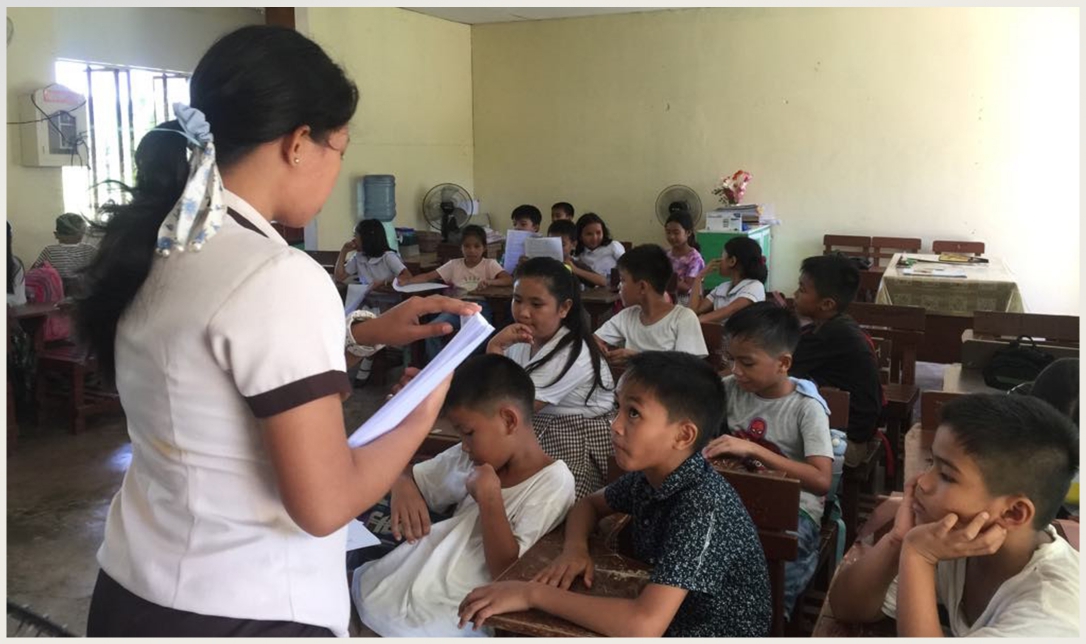Integrating Japanese Line Method: A tool for multiplication in third grade in the context of Philippine curriculum
DOI:
https://doi.org/10.59120/drj.v15i4.271Keywords:
Japanese line method, long multiplication method, third grade, Philippine curriculum, PISAAbstract
This study introduced a novel multiplication method which integrates the Japanese Line Method (JLM) within the framework of the Philippine curriculum to help students who are struggling with the traditional approach particularly when multiplying multi-digit numbers. It examined the effectiveness of Japanese Line method as an innovative approach to teaching multiplication to third-grade students at San Rafael Integrated School at San Rafael, Cateel, Davao Oriental, during the 2023-2024 academic year. Using a quasi-experimental design, the research compared two pre-existing groups: a control group of 30 students who received traditional multiplication instruction and an experimental group of 30 students who were taught using the Japanese Line Method. Pre-test results indicated that baseline proficiency levels were comparable across both groups, with each group falling below the "Satisfactory" threshold established by the K-12 grading system. Statistical analysis confirmed that there were no significant differences between the groups at the pre-test stage. However, post-test results showed a substantial improvement in the experimental group’s performance, with 91.18% achieving an "Outstanding" grade, compared to 79.08% in the control group. This difference was statistically significant, as indicated by a t-value of -8.252 and a p-value of 0.000. These findings suggest that the Japanese Line Method is a significantly more effective approach than traditional methods in enhancing multiplication proficiency among third-grade students within the Philippine educational context.
Downloads

Downloads
Published
Issue
Section
License
Copyright (c) 2024 Cecille R. Dumagat, Nidalyn C. Dones, Bryan L. Susada

This work is licensed under a Creative Commons Attribution-NonCommercial 4.0 International License.
DRJ is an open-access journal and the article's license is CC-BY-NC. This license allows others to distribute, remix, tweak, and build on the author's work, as long as they give credit to the original work. Authors retain the copyright and grant the journal/publisher non-exclusive publishing rights with the work simultaneously licensed under a https://creativecommons.org/licenses/by-nc/4.0/.





